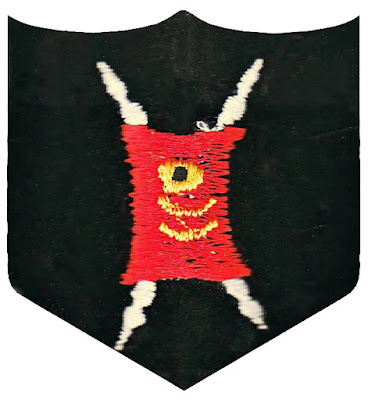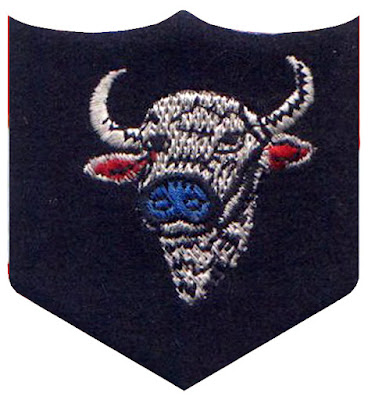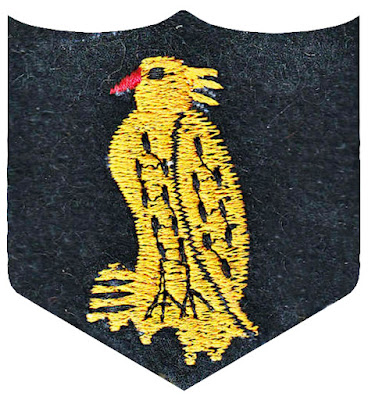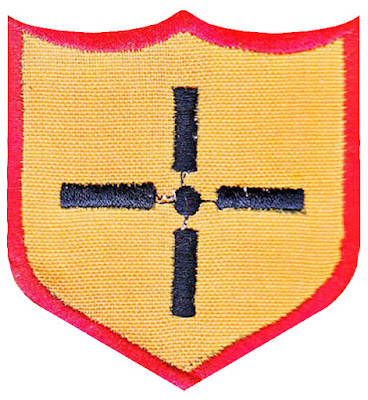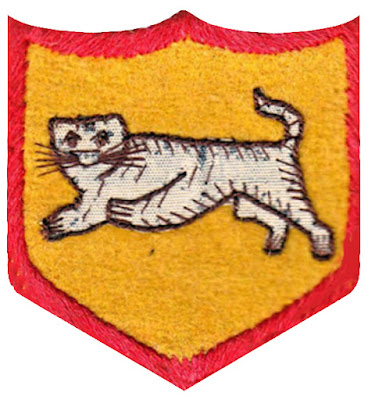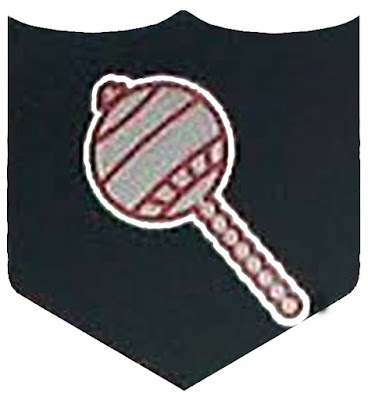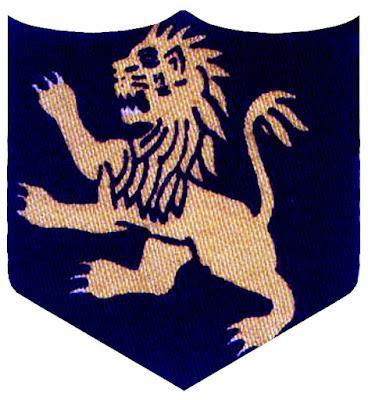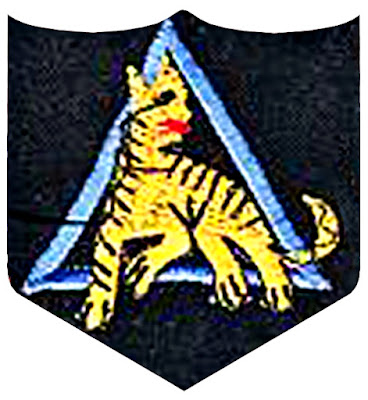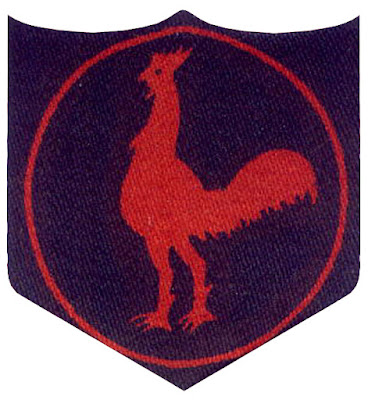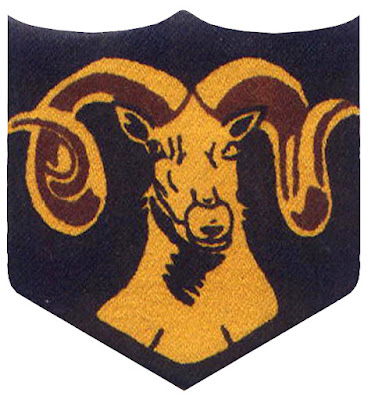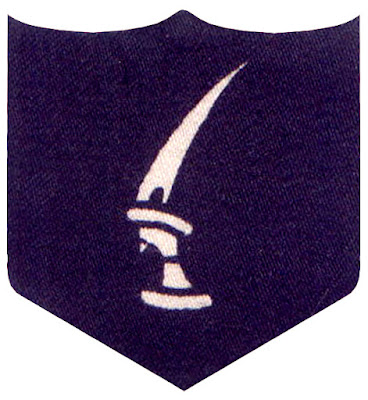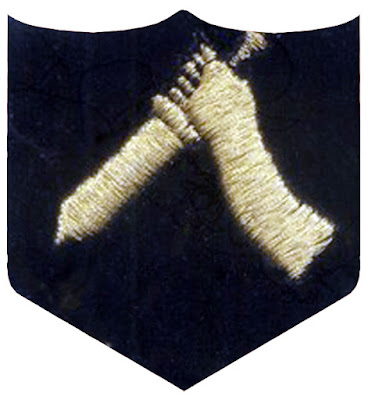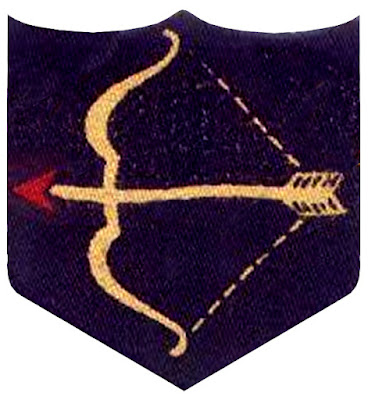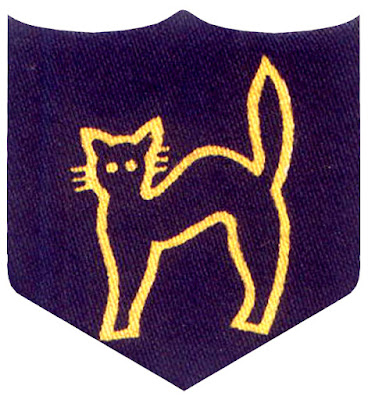23 INFANTRY DIVISION The 23 Infantry Division was raised on January 01, 1942, at Jhansi in Central India. Its badge was a red fighting cock on a red circle. The bird was chosen by Major General Reginald Arthur Savory, the division's first commander, as one which would offend neither the Moslem nor Hindu soldiers of the division. In May that year, while the Division was still forming, it was ordered to Imphal in Manipur, where Burma Corps was retreating, having been driven out of Burma by the Japanese. After the end of the Battle of Imphal, the division was withdrawn to India. After recuperating, it began training for future operations in Malaya. Major General Roberts was promoted to command Indian XXXIV Corps and the division was commanded by Major General Douglas Hawthorn. In mid 1945, the Division was due to take part in Operation Zipper, a landing on the west coast of Malaya, as part of XXXIV Corps. Although forestalled by the Japanese surrender, the landi
